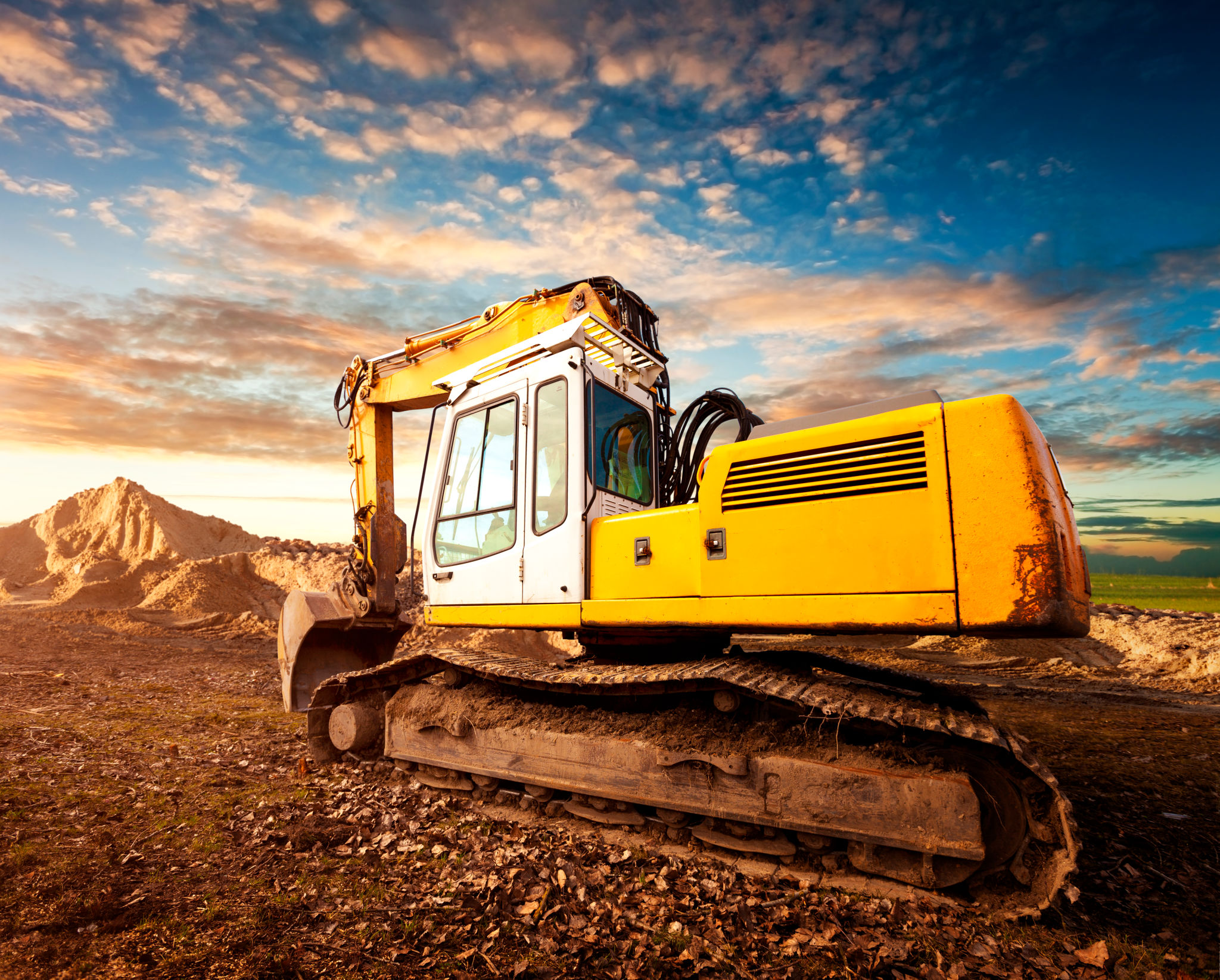How to Maintain Your Caterpillar Equipment for Optimal Performance
Understanding the Importance of Regular Maintenance
Regular maintenance of your Caterpillar equipment is crucial for ensuring long-term performance and reliability. By adhering to a consistent maintenance schedule, you not only extend the lifespan of your machinery but also prevent costly repairs and downtime. Routine checks and timely servicing can help identify potential issues before they escalate.
One of the key benefits of regular maintenance is improved safety. Well-maintained equipment operates more smoothly, reducing the risk of accidents and ensuring the safety of operators and other personnel on site. Additionally, a well-maintained machine is more fuel-efficient, which can lead to significant cost savings over time.

Creating a Maintenance Schedule
Developing a comprehensive maintenance schedule is essential for keeping your Caterpillar equipment in top condition. Start by consulting the manufacturer’s guidelines, which provide detailed instructions on service intervals and necessary maintenance tasks. These guidelines are tailored to the specific model and type of equipment you own.
Another important aspect is to log all maintenance activities. By keeping records of past services, repairs, and parts replacements, you can better predict future needs and budget accordingly. A digital maintenance management system can help streamline this process by sending reminders when service is due.
Daily Checks
Daily inspections are a fundamental part of any maintenance schedule. These should include checking fluid levels, inspecting tires and tracks for wear, and ensuring that all lights and alarms are functioning properly. Operators should also be trained to listen for unusual noises or vibrations that could indicate underlying problems.

Regular Lubrication and Fluid Checks
Lubrication is critical for reducing friction between moving parts, thus minimizing wear and tear. Ensure that all joints, pins, and bearings are adequately lubricated as per the manufacturer's recommendations. Using the right type of lubricant is vital for optimal performance.
Additionally, regularly check and replace engine oil, hydraulic fluid, coolant, and other essential fluids. Consistent fluid analysis can help detect contamination or degradation early on, allowing you to take corrective action before major issues arise.
Tire and Track Maintenance
Tires and tracks are often subjected to extreme conditions and require vigilant upkeep. Regularly inspect them for signs of damage or excessive wear. Ensure that tires are inflated to the correct pressure and that tracks are properly tensioned to avoid uneven wear and potential breakages.

Electrical System Inspections
The electrical system in your Caterpillar equipment plays a crucial role in its operation. Regularly inspect batteries for corrosion, ensure all connections are secure, and test electrical components such as starters and alternators. Keeping the electrical system in good working order prevents unexpected breakdowns.
It's also a good practice to inspect wiring for any signs of fraying or damage, as this can lead to short circuits or other electrical failures. Address any issues promptly to maintain equipment reliability.
Operator Training and Best Practices
Finally, training your operators on best practices for using Caterpillar equipment is essential for maintaining its performance. Well-trained operators are more likely to handle machinery correctly, reducing the likelihood of operator-induced damage.
Encourage operators to report any irregularities immediately so that maintenance staff can address problems quickly. Regular training sessions can also help refresh their knowledge on operating procedures and safety protocols, fostering a culture of responsibility and care.
